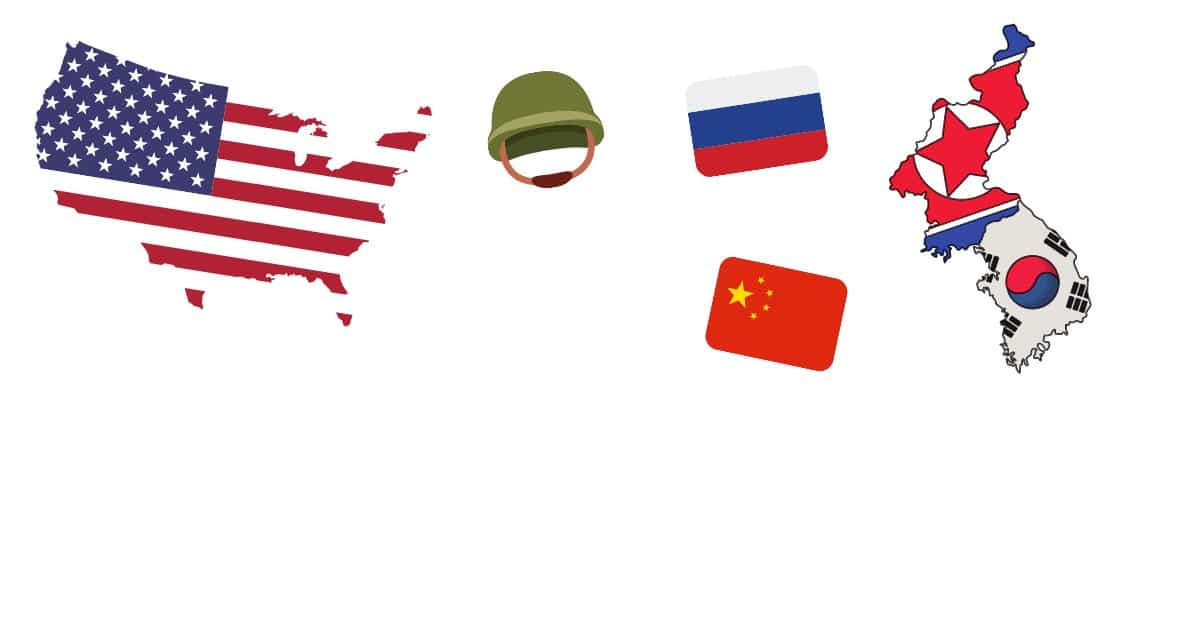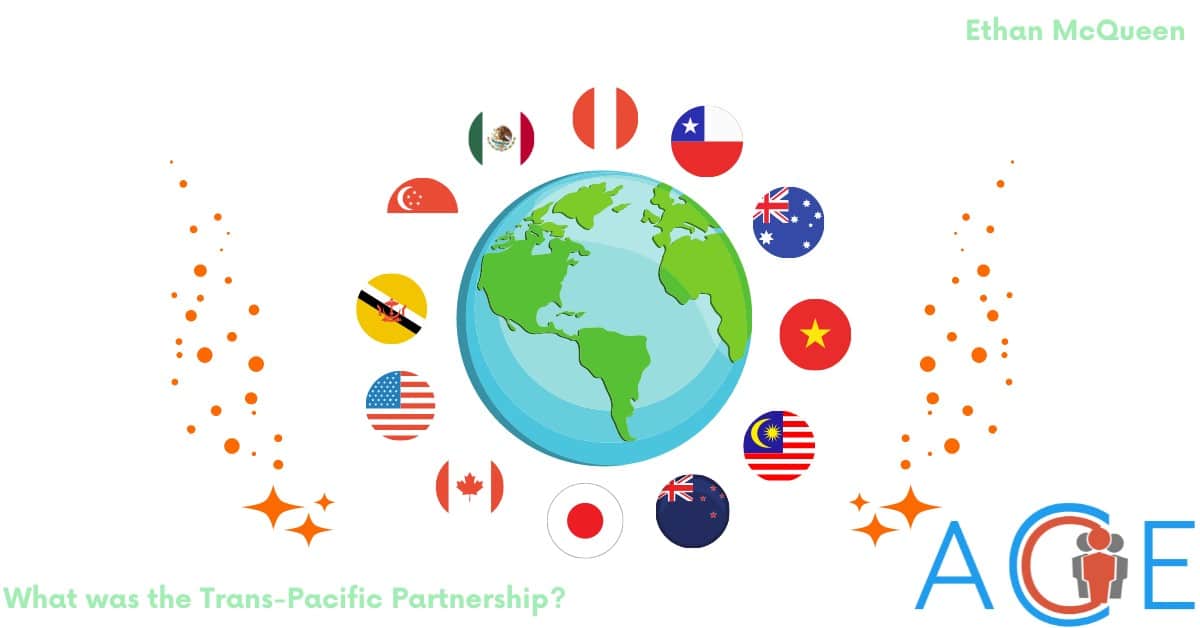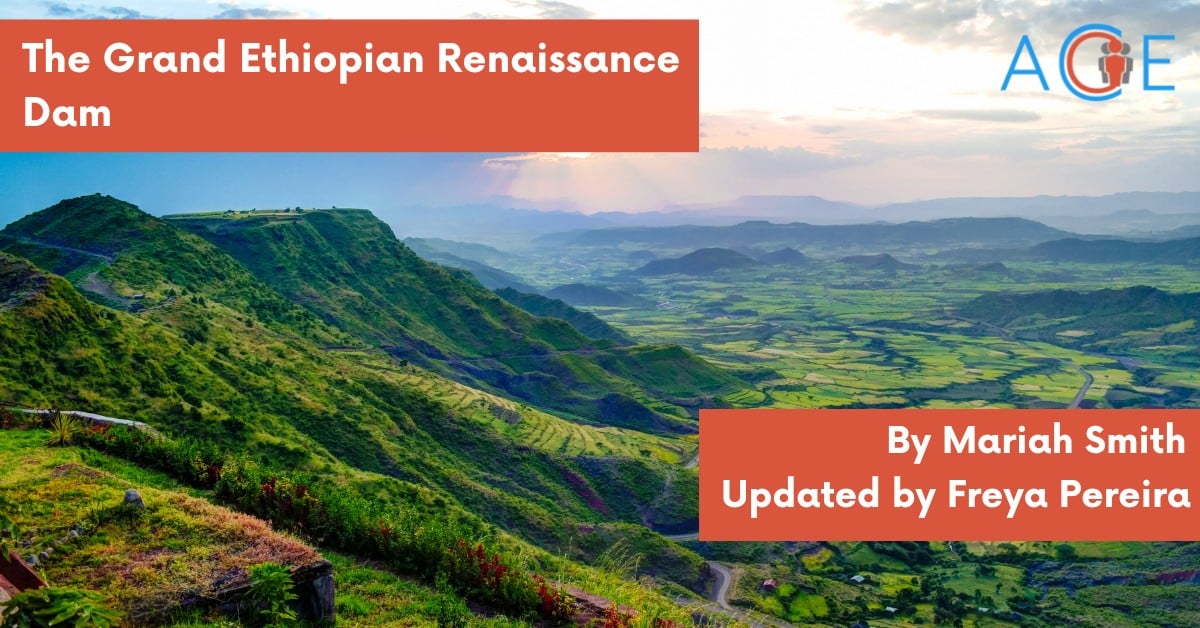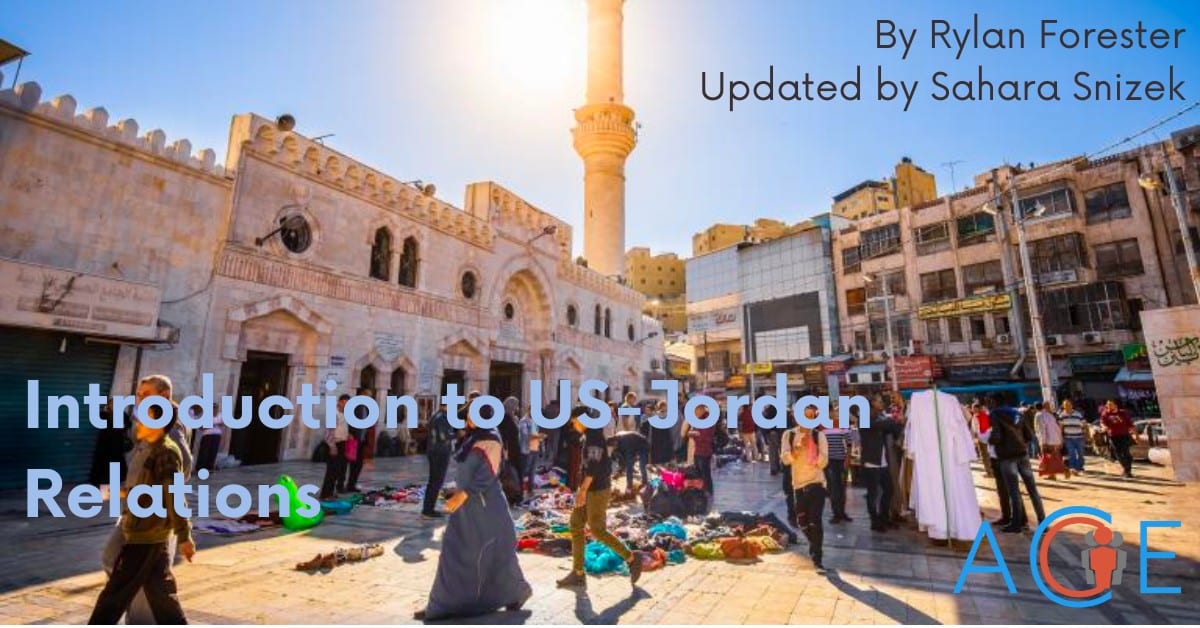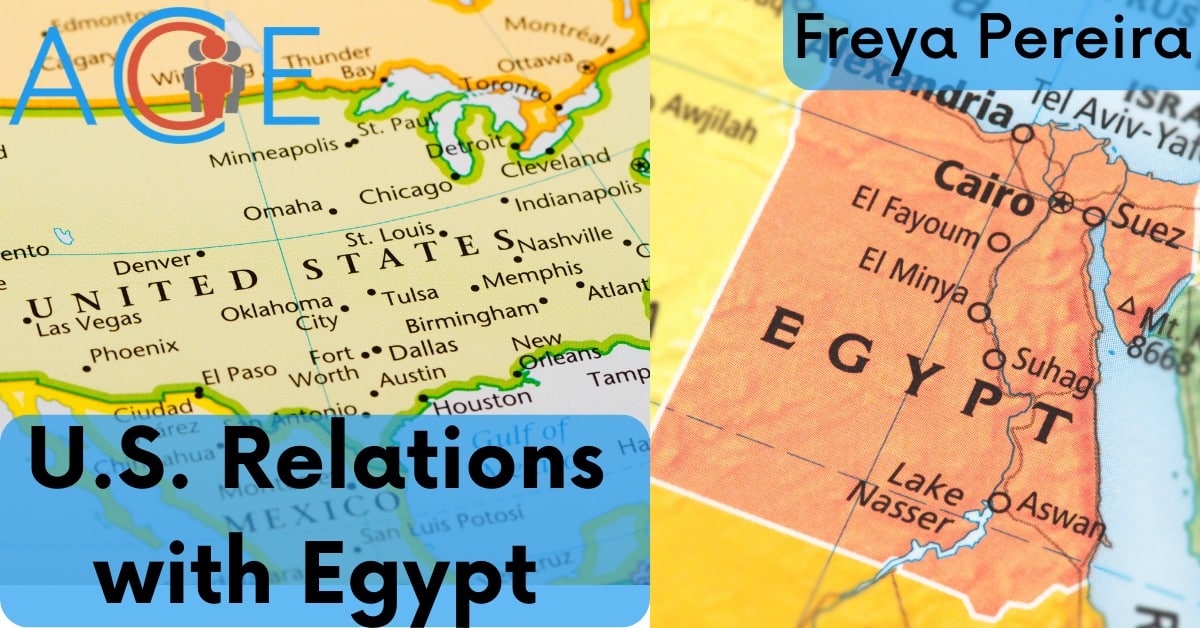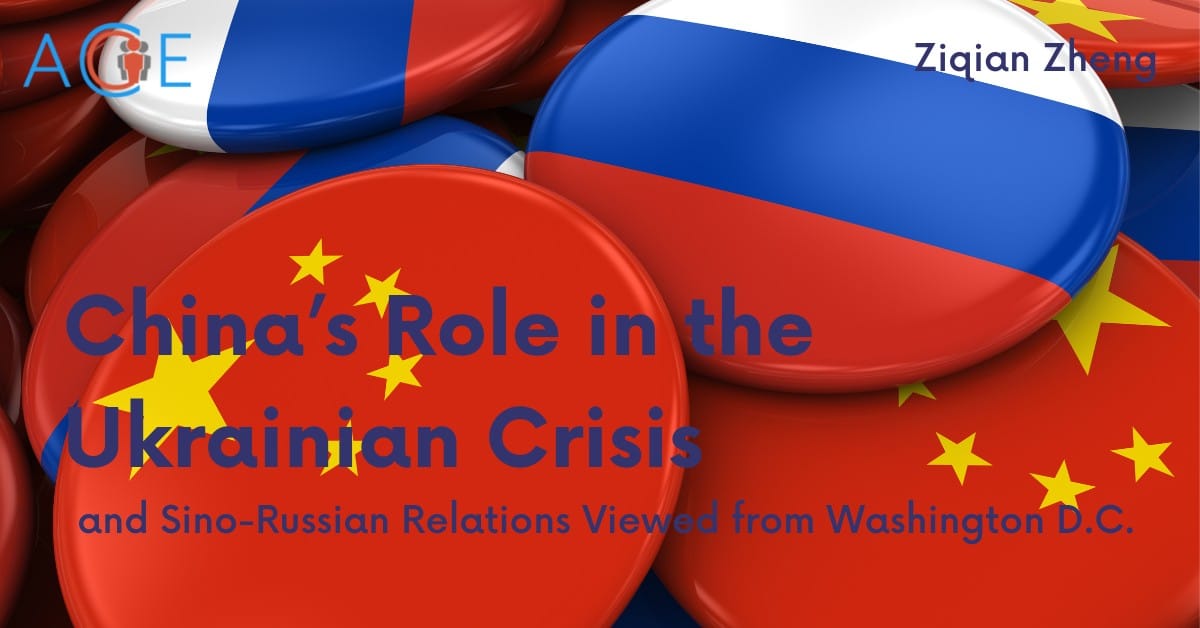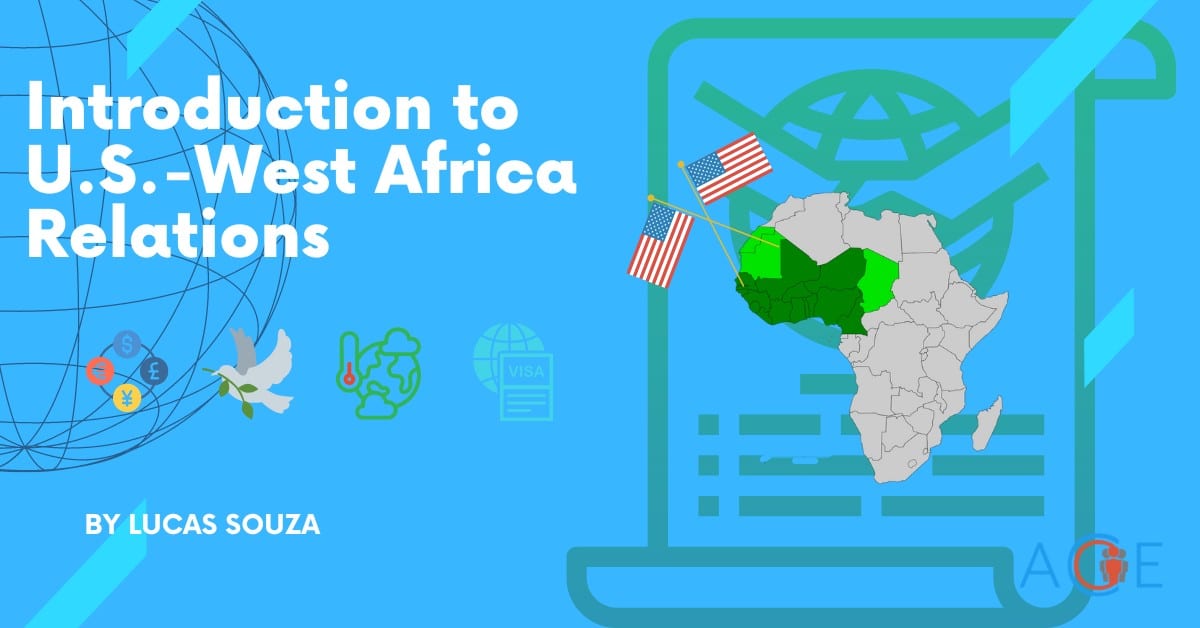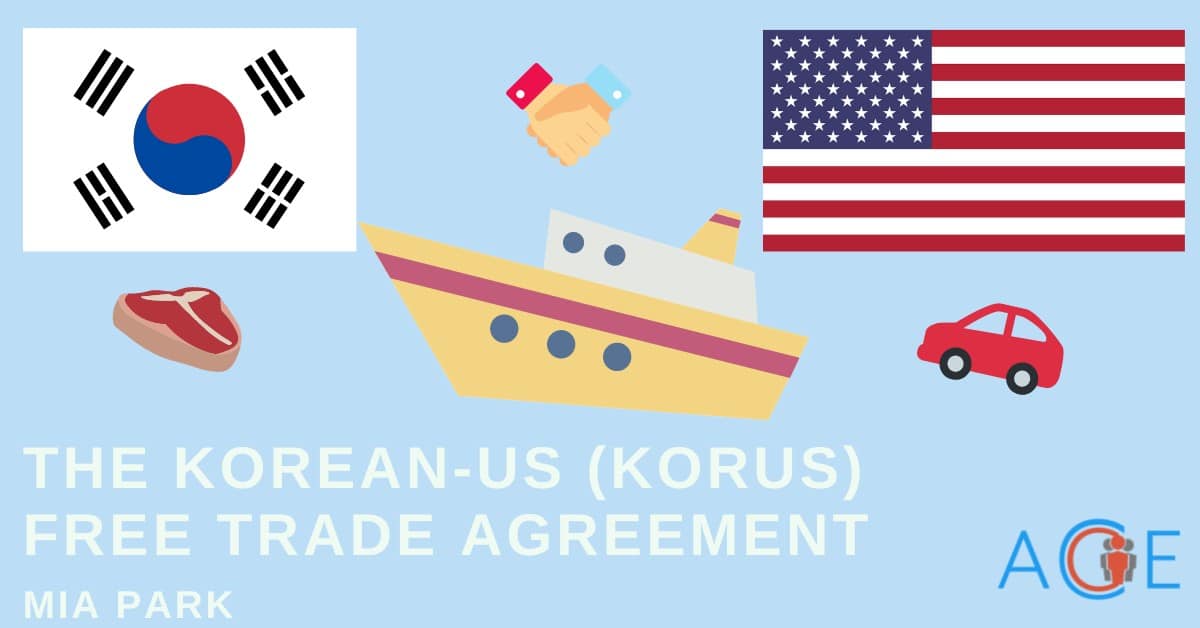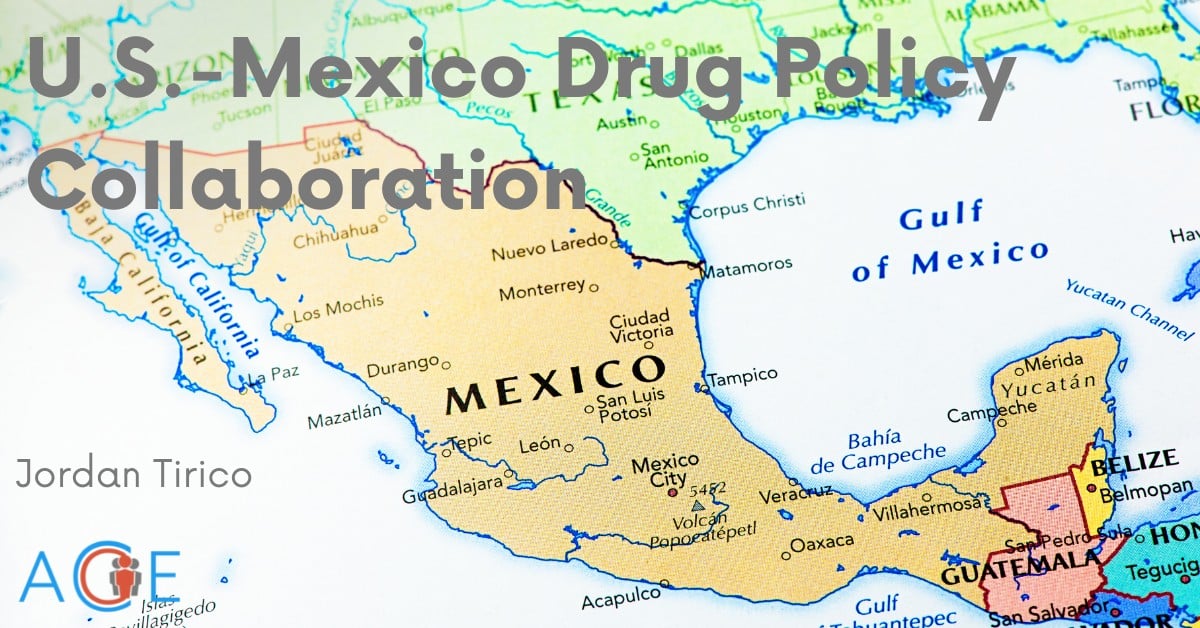History of the 38th parallel split
Prior to World War II, the Korean peninsula was a Japanese colony. When Japan surrendered following WWII, the US and USSR agreed to split the peninsula at the 38th parallel to oversee the removal of Japanese forces. The USSR occupied the northern region, while the US occupied the south. On June 25, 1950, the North Korean People’s Army invaded South Korea at the 38th parallel to install a communist regime. The US, abiding by the containment policy and influenced by Cold War tensions, deployed the American military with United Nations forces to aid defend South Korea. The war ended in 1953 in a stalemate at the 38th parallel. China supported North Korea by supplying troops, aiding in war strategy, and handled the repatriation of ethnic Koreans back to Korea. The Truman Administration gave up on reuniting North and South Korea and instead made stability the priority in East Asia to avoid further conflict. South Korea and the US signed a Mutual Defense Treaty, leading to a more official military partnership, and a number of American forces remained in South Korea. In 1961, North Korea and China signed the Treaty of Friendship, Co-operation and Mutual Assistance (not to be confused with the Warsaw Pact of the same name).
When the DPRK and the First Republic of Korea were created in 1948, both governments wished for reunification, but only on their own terms. In this context, reunification is defined as the DPRK and ROK joining as one to be a single, sovereign state. Whether it happens through engaged diplomacy or the sudden collapse of North Korea, the US and China are expected to play a role in the reunification process.
American response to Korean reunification efforts by presidential administrations
At a press conference for US-ROK relations in 2015, Obama stated “President Park has articulated a better vision—a unified Korea free from the fear of war and nuclear weapons—and that’s a vision that we very much support,” which has been the most explicit show of support for reunification thus far. The main US priority is a denuclearized North Korea. Further, America desires a peaceful transition towards a democratic nation with a market-oriented society that avoids state collapse, civil war, or general unrest. The ROK’s membership of the Nuclear Non-Proliferation Treaty limits their own involvement in the denuclearization process, so this role will most likely be upheld by the US, foreign institutions, and other NPT states.
In 2018, President Trump and North Korean Dictator Kim Jong-Un met for the first time at the Singapore Summit to discuss peace on the Korean peninsula, US-NK relations, denuclearization, and recovery of US soldier remains. This summit was only partially successful with 55 bodies repatriated, and 5,300 still remaining. The main failure of the Singapore summit was the lack of agreement over the denuclearization timelines and expectations, where the US and NK both failed to operationalize the agreed upon terms of the joint statement and disagreed on what denuclearization would look like. In 2019, Trump and Kim Jong-Un met at their second summit in Hanoi, which was cut short after the first day without signing a joint statement, as Kim believed sanctions would be lifted in exchange for a halt on nuclear and missile testing and Trump believed that North Korea could be convinced to cut their nuclear programs immediately. The two could not progress past that impasse. This reduced the chances of future repatriation of remaining bodies, but showed North Korea’s desire for a decrease in sanctions while America continues to push for the dismantling of NK’s missile and nuclear development. While reunification was not explicitly discussed at these submits, the reasons why these summits failed could be a signifier of the difficulty of future American efforts of demilitarization and denuclearization during the reunification process.
Under the Biden administration, President Biden and South Korean President Moon Jae In reaffirmed their nations’ strong relations in a 2021 joint statement. Both nations share a commitment to denuclearization efforts, and plan to explore diplomatic efforts with the DPRK to promote peace. When Moon Jae In was elected in 2017, he states that Korea must be the one to lead peace efforts in the peninsula and foster connections with regional neighbors. This shows a commitment to diplomatic efforts, like the inter-Korean summits in 2018, and with South Korea leading the process.
The role of America and foreign nations in the reunification process
The other nations involved will affect how peacefully and easily Korea reunifies, and the main nations the US will take into account are Russia, China, and Japan. Regardless of these nations’ support or enthusiasm of reunification prospects and the future, it is generally agreed that the process cannot happen peacefully without their support and cooperation. The US may be the only state in a position to balance the influence of the other, powerful nations. In the Park Geun Hye administration, South Korea hoped for a three-way dialogue between Korea, US, and Japan/China to enable stronger regional cooperation in the denuclearization process. China may prefer the status quo to the military power a unified Korea may bring, especially with the current South Korea-US military alliance. The US must accept the possibility that a unified Korea may choose neutrality and/or opt out of the current relationship.
